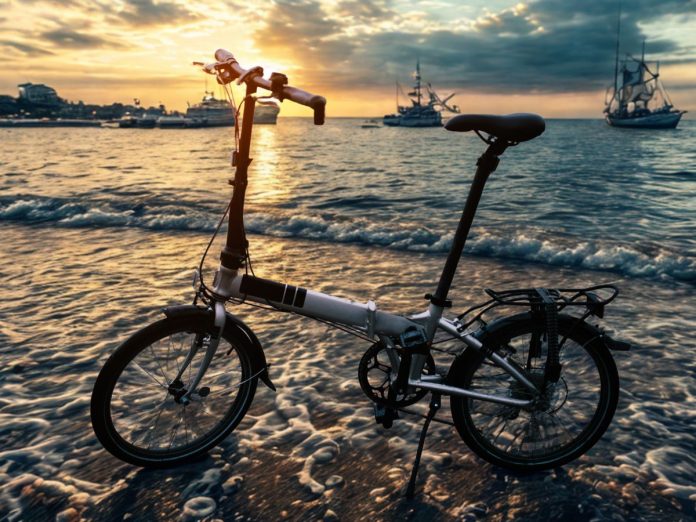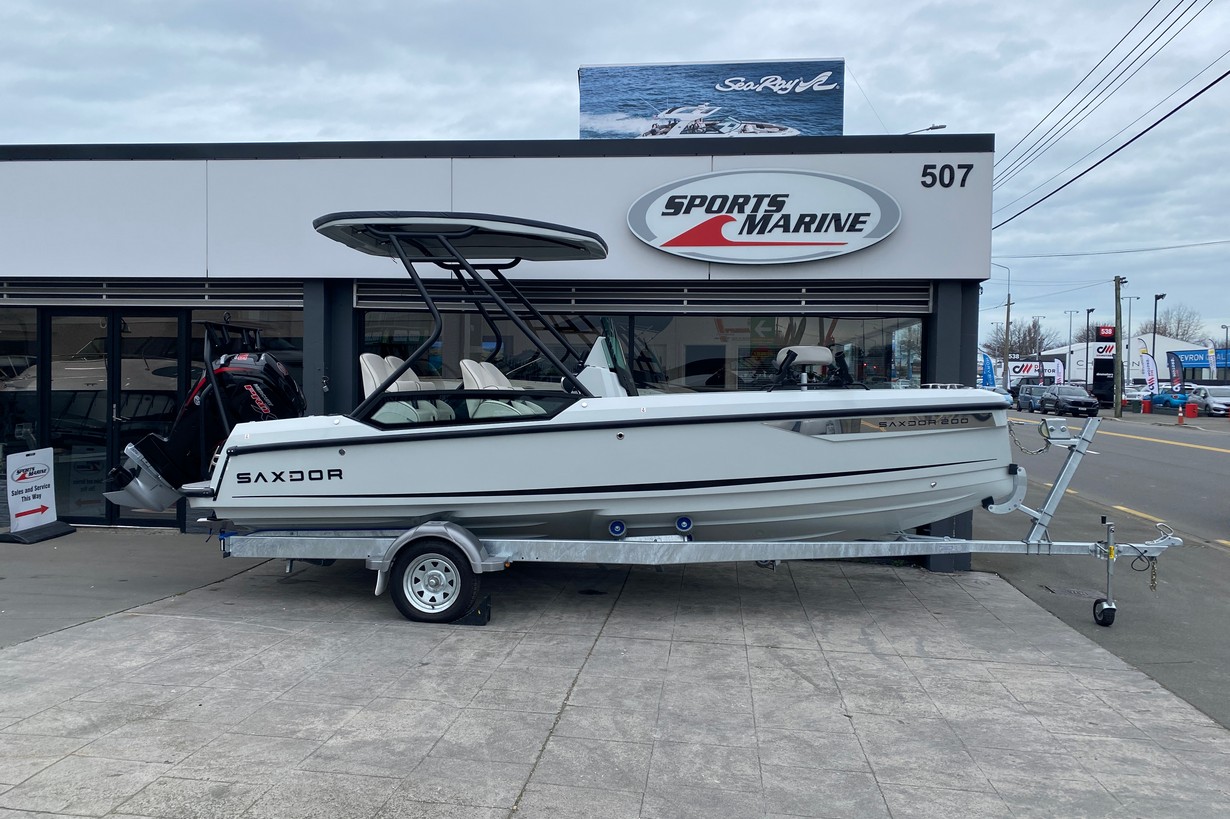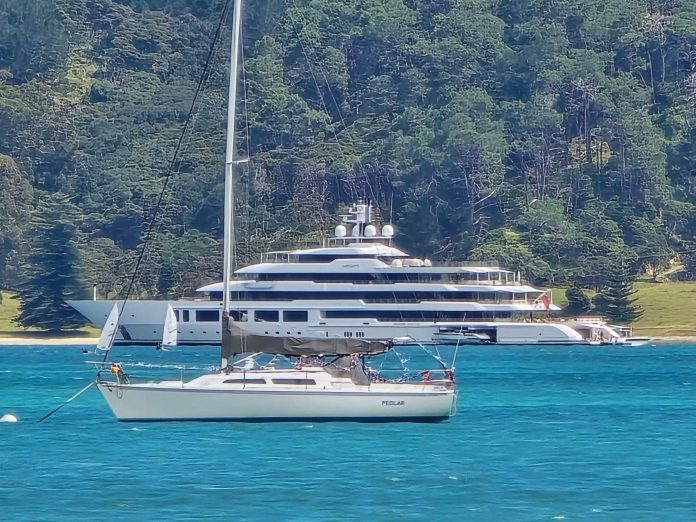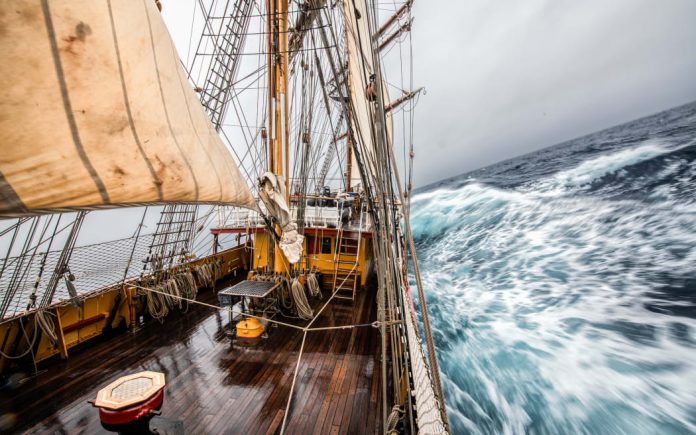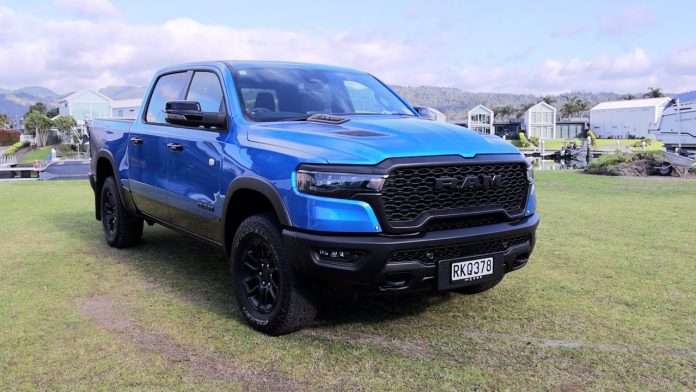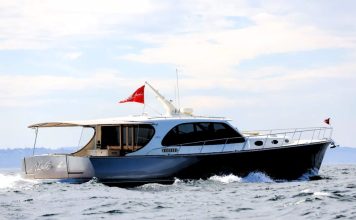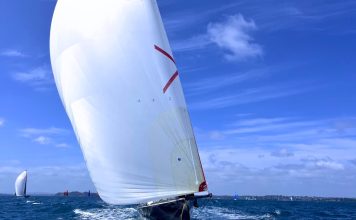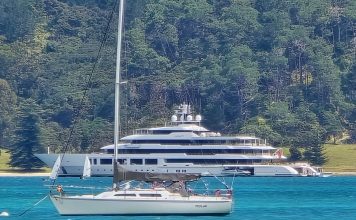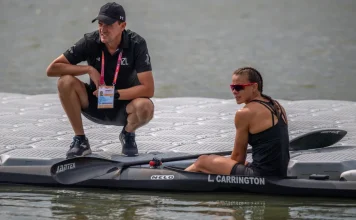Why personal transport matters for cruising
There’s a freedom that comes with cruising — the ability to anchor in a quiet cove, drop the dinghy, and explore a new place on your own terms. But once you’ve made it to shore, what then? Unless you’re happy walking everywhere (or shelling out for taxis and hire cars), you’ll want some form of personal transport that fits aboard your boat and suits your style of cruising.
We’ve rounded up the best options available to boaties, from folding bikes to mini-mopeds for those who have the space, so you can travel smarter and further — without sacrificing precious deck space.
Folding bikes: a classic cruising companion
Compact and corrosion-resistant, folding bikes have been a favourite among long-range cruisers for years. They’re small enough to stow in a locker or below decks, yet tough enough to handle the salty environment. And if you’re hopping between coastal towns, they make grocery runs and sightseeing effortless.
Worth a look:
- Brompton C Line: Bromptons designed for city riding. They come in 2‑, 6‑, or 12‑speed configurations, with folding remains consistent: compact, durable, ready in under 20 seconds. Options include low, mid or high handlebars, a wide colour palette, mudguards and front carrier blocks, and weights from around 12 kg (2‑speed) to 12.4 kg (6‑speed) or ~12 kg with 12‑speed system.
“My bike has paid for itself ten‑fold … a small 22‑foot boat, and the Brompton fits perfectly under the steps into my cabin.” — Art of Hookie blogger
- Dahon: Dahon offers a wide range of folding bikes designed for portability, urban commuting, and recreational riding. Models vary from ultra-lightweight performance bikes to compact city folders, with options for all budgets. Their designs prioritise quick folding, solid ride feel, and reliable components, making them popular with travellers and liveaboard boaties.
- Tern Link series: Strong frames, great gearing, ideal for New Zealand terrain. The Tern Link series is a no-nonsense range of 20‑inch aluminium folding bikes built for everyday use. They offer stable rides, 7‑ or 8‑speed gearing, luggage sockets, rear racks, and fold/unfold in around 10 seconds. Riders praise their comfort and value—though hinges and chain exposure are common design quirks.
E-scooters and skateboards: fun and functional
Electric scooters are booming for good reason. They’re small, fast, and surprisingly capable over short to medium distances. Some fold small enough to fit in cockpit lockers or under a saloon seat. For the younger and more agile, an electric skateboard can also add fun to the mix.
Be aware that e-scooter rules vary. Some places require helmets or restrict speed — especially on footpaths.
Folding motorbikes and micro-vehicles: go the distance
If you’ve got the space — and lifting gear — a folding electric motorbike or compact e-moped opens up bigger inland adventures. Some cruising catamarans even carry lightweight 2×2 motorbikes for island hopping.
Worth a look:
-
UBCO 2×2 Adventure Bike: The UBCO 2×2 Adventure is a rugged utility electric bike offering dual‑hub motors (1 kW each) for all‑wheel drive. With a top speed of 50 km/h (30 mph), removable 2.1 or 3.1 kWh battery, 80–120 km range, lightweight alloy trellis frame, suspension and cargo racks—it’s built for adventure on and off‑road.


-
Honda Motocompacto: Retro revival of a suitcase-sized e-scooter. Honda’s Motocompacto is a novel suitcase‑style folding e‑scooter. It weighs around 41 lb (18.7 kg), folds to about 3.7 in deep by 29 × 21 in, and reaches 15 mph (≈24 km/h) via a 250 W (490 W peak) front‑wheel motor. Range is about 12 miles (20 km), charging in 3.5 hours. Ideal for stylish last‑mile commuting.
-
Eovolt Confort+: Foldable e-bike with suspension, built for real riding. The Eovolt Confort series are compact 20-inch folding electric bikes with 6061 aluminium frames, front suspension forks, 250 W Bafang motor + torque sensor, removable seat‑post battery (36 V, 10.5 Ah), hydraulic disc brakes, Shimano 7‑speed gears, and up to 70–100 km range. Ideal for commuting, campers or boaters.
These options work best if your vessel has an electric tender or swim platform hoist — otherwise, they’re a challenge to launch and recover safely.

Wheeled bags, trolleys and carts
Sometimes the simplest fix is best. A foldable wheeled cart or backpack trolley turns any walk into a manageable load-haul. For provisioning, carrying jerry cans, or transporting dive gear from marina to boat, this is a no-brainer. These are readily available in New Zealand from Burnsco, Marine Deals, Mitre 10, Trade Tested.
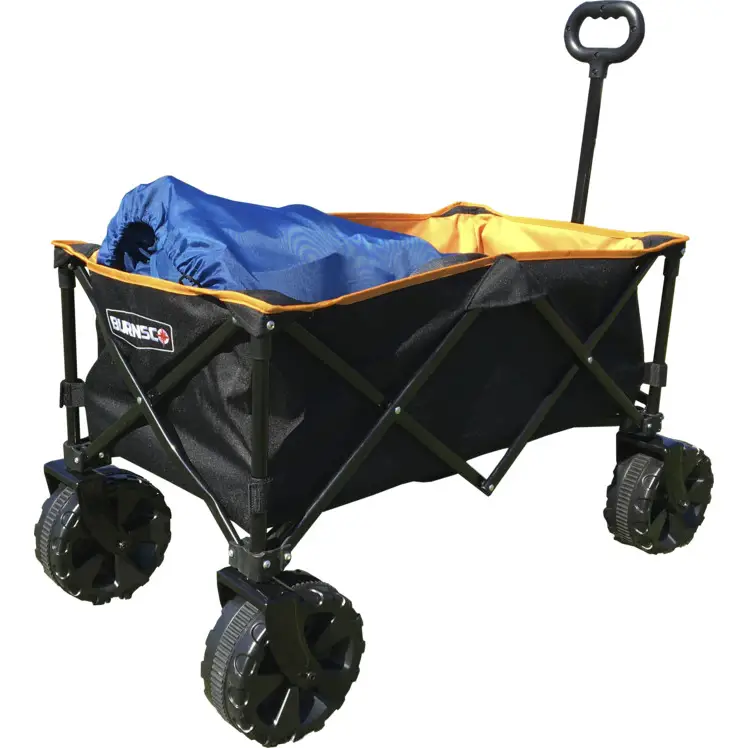
Storage, charging and corrosion tips
- Storage: Prioritise gear that folds small and can be kept dry — cockpit lockers, lazarettes, or under bunks are ideal.
- Charging: Check your inverter specs and solar setup before adding e-bikes or scooters. Lithium batteries draw significant amps.
- Corrosion: Rinse all gear with freshwater regularly. Look for marine-friendly metals like stainless, aluminium, or powder-coated alloys.
- Security: Always carry locks. Use padlocks or cables, and bring gear aboard at night if you’re anchored offshore.
A freedom multiplier
Smart onboard transport isn’t just about saving money or avoiding taxis. It opens up entirely new possibilities — riding to a lookout, finding a hidden bakery, checking out a surf break, or exploring a national park that’s just out of walking range. For Kiwi boaties cruising long-term, it’s part of the lifestyle.
A better way to cruise
With the right setup, you’ll never be stuck at the marina gate or hauling groceries on foot again. Whether it’s a folding bike, a SUP, or a tricked-out scooter, onboard transport gives you freedom, fun, and flexibility — exactly what boating is all about.








